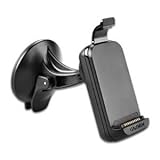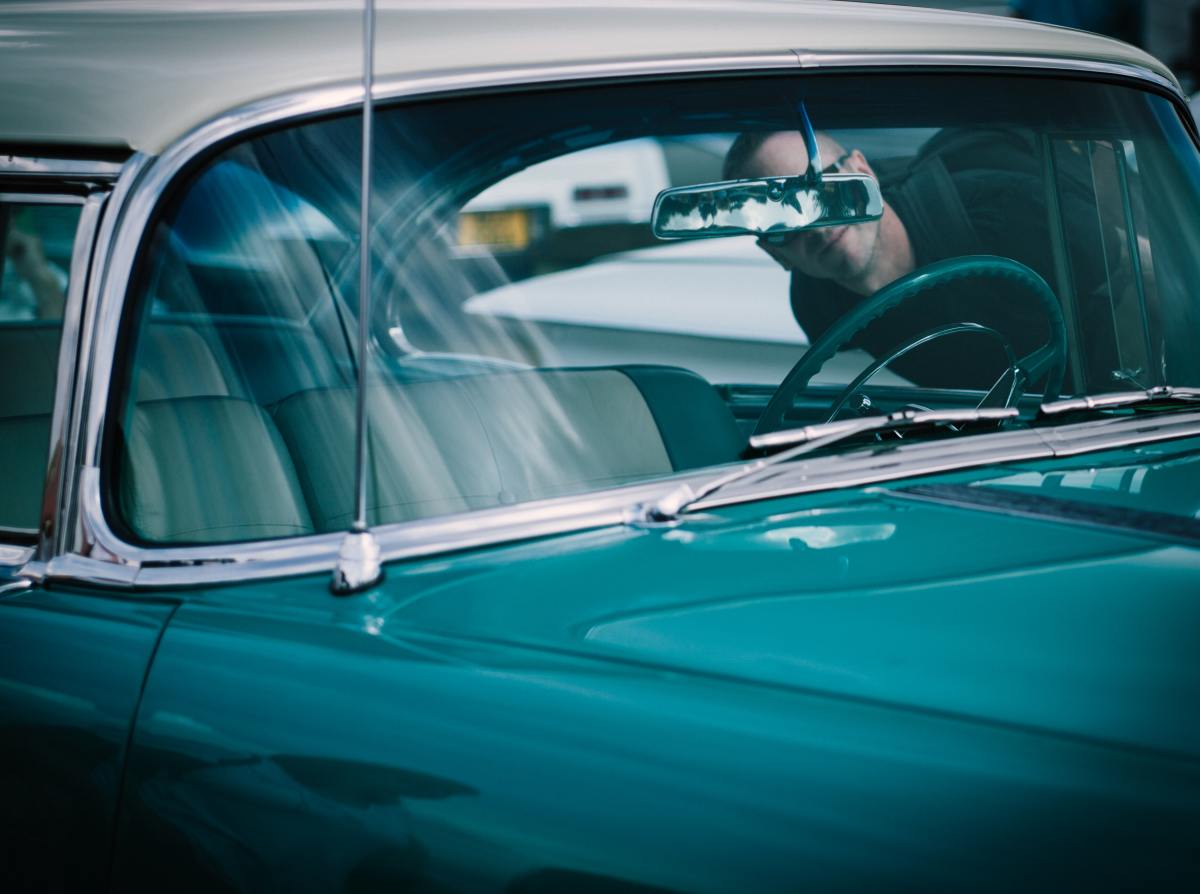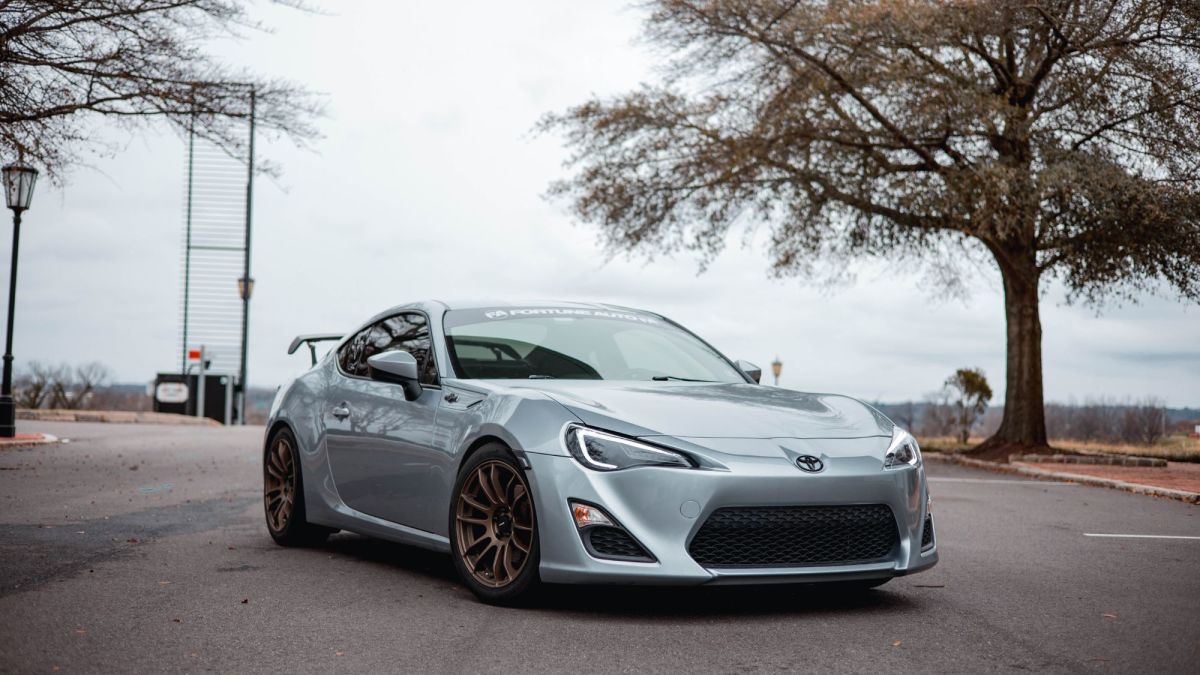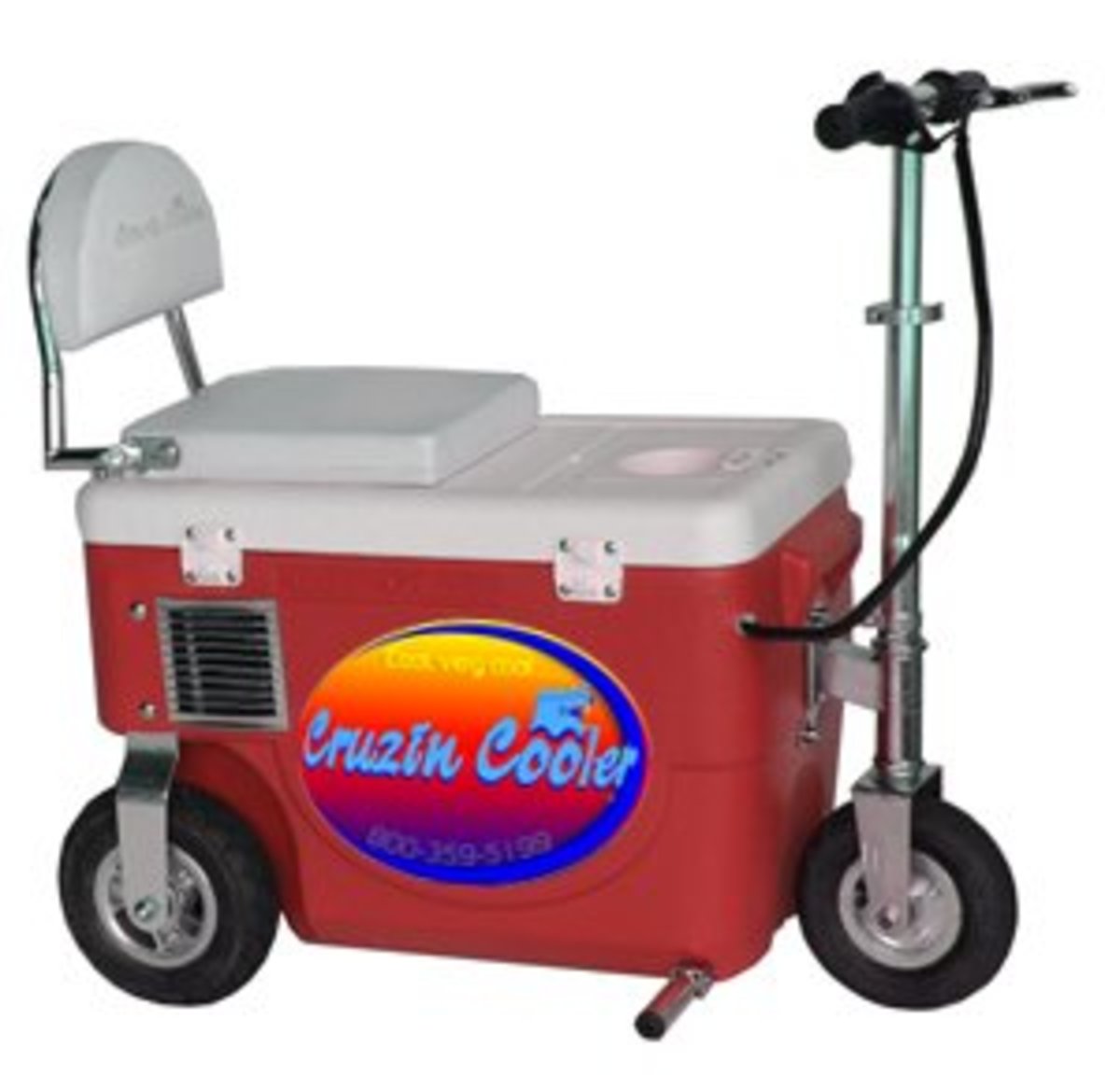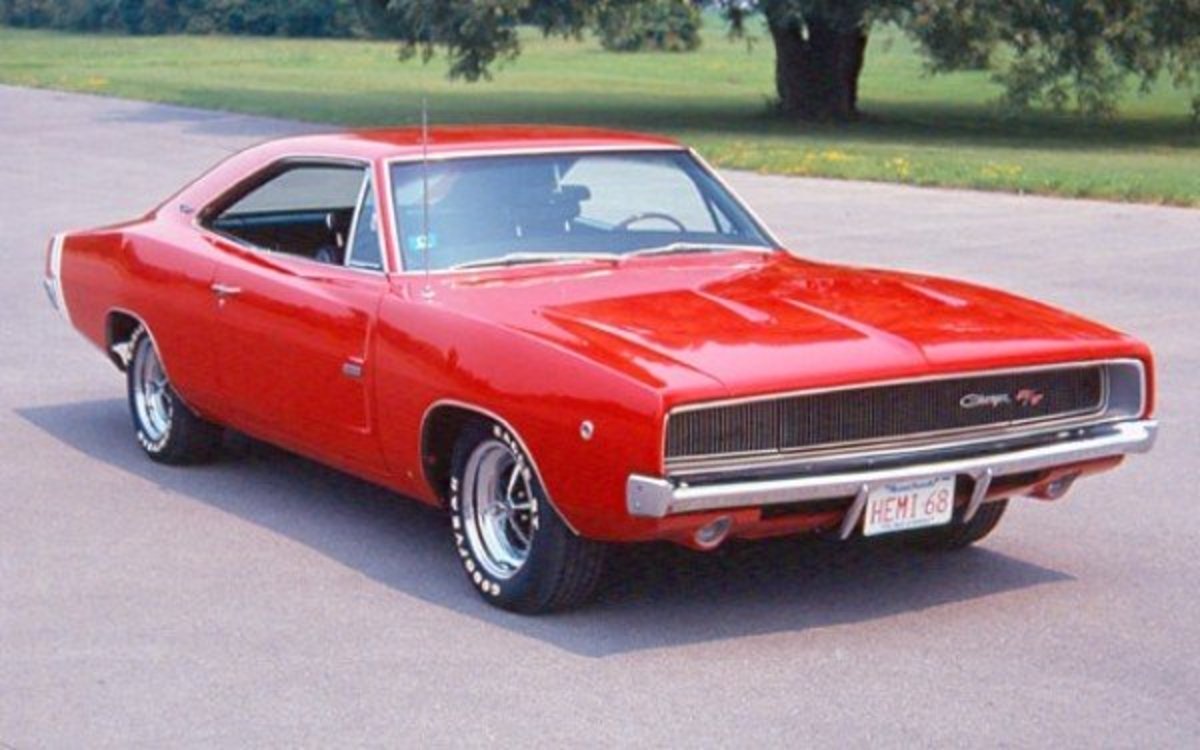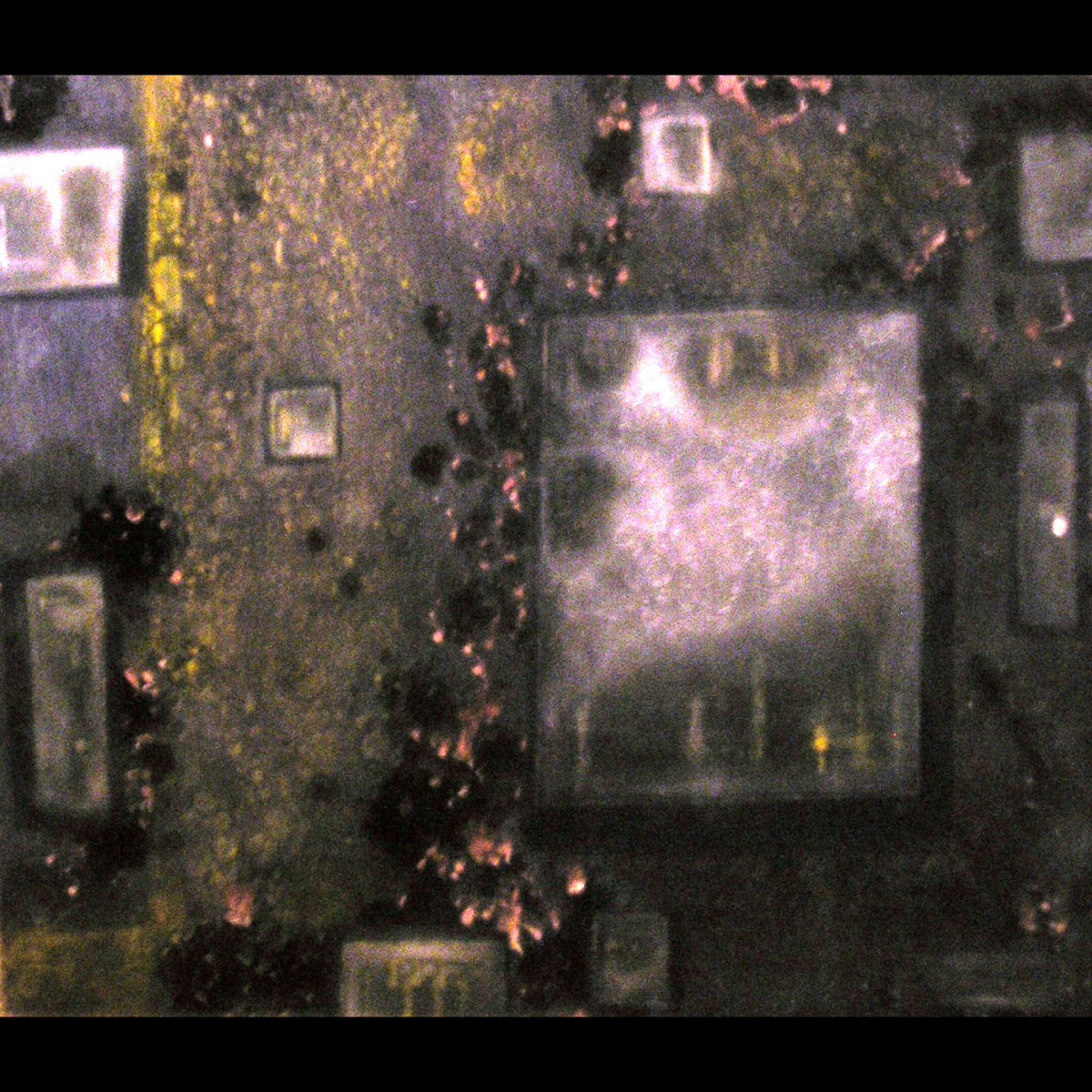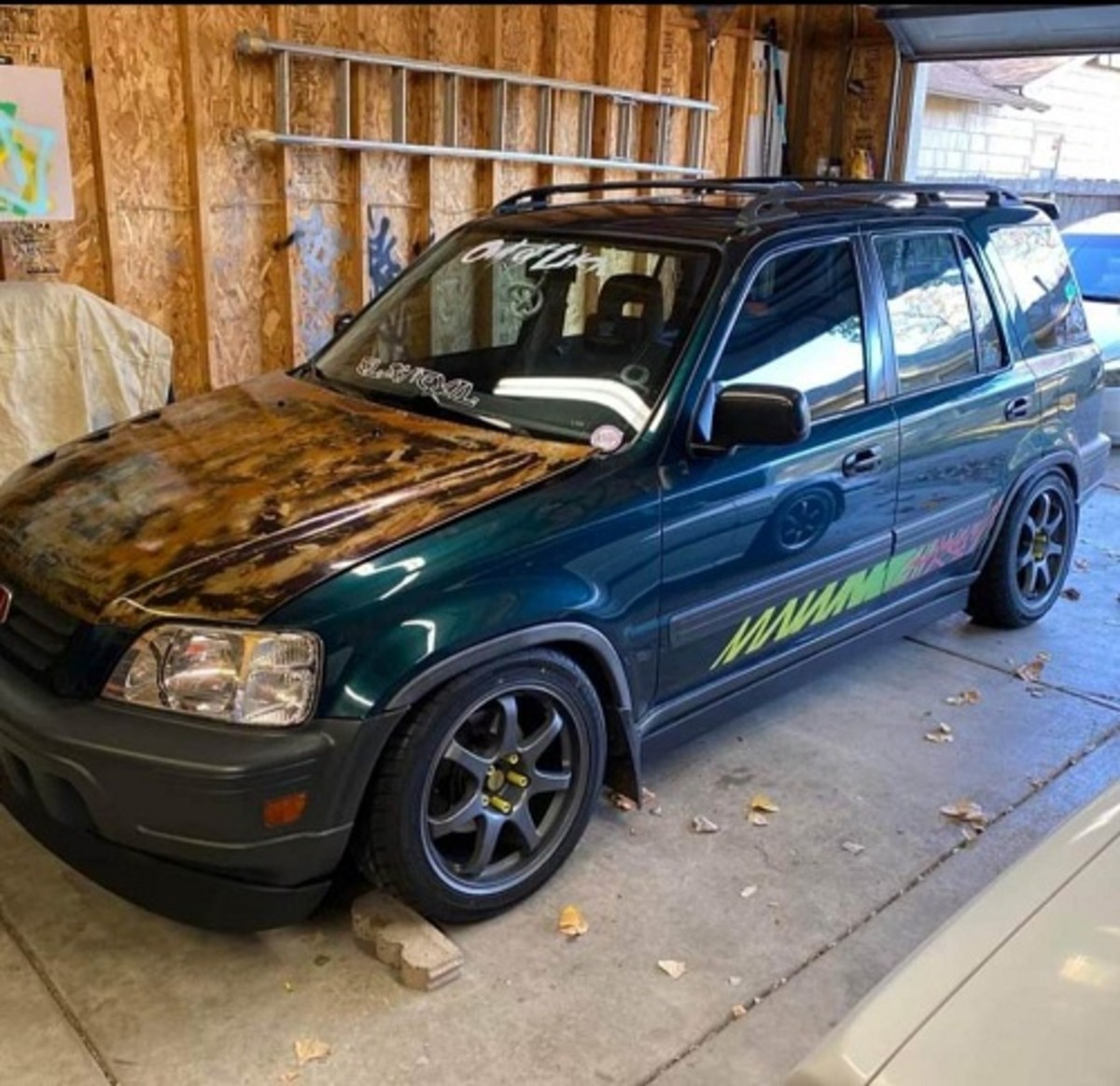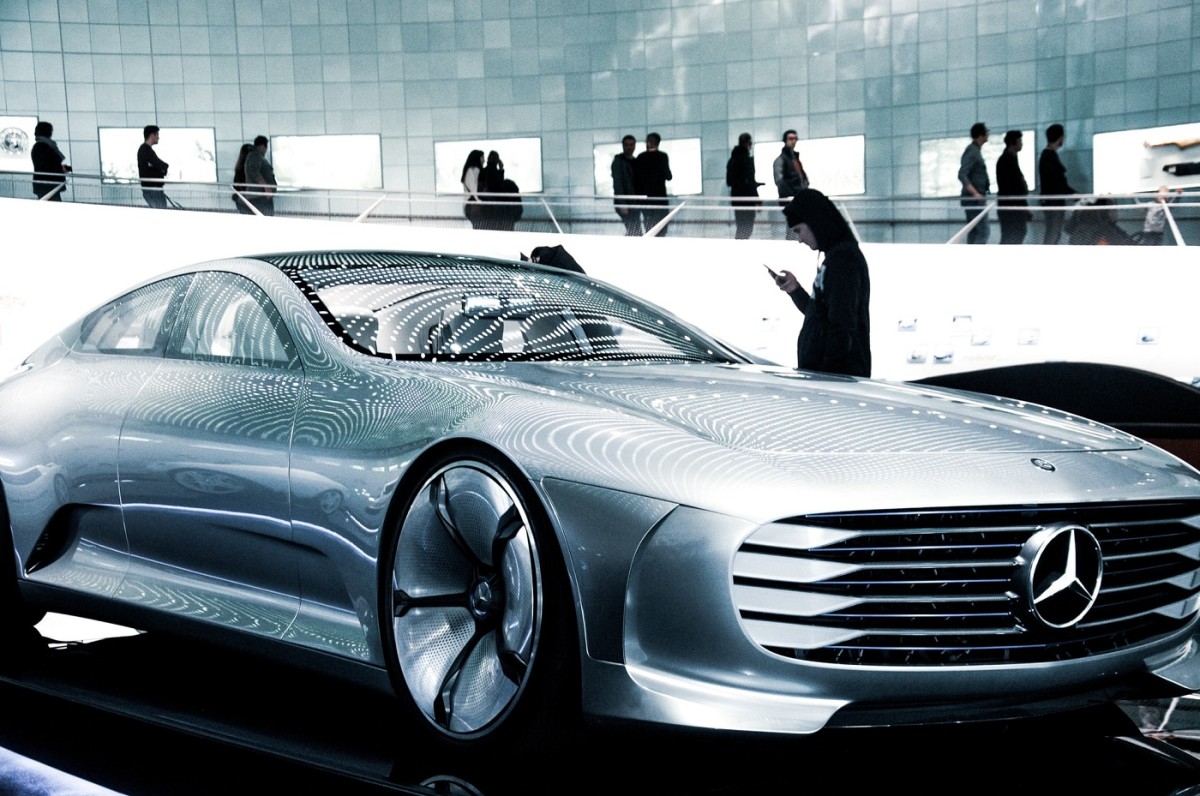Car Navigation System: Don't Leave Home WIthout It.
It's alright to drive a smart car, just equipeed it wth GPS.
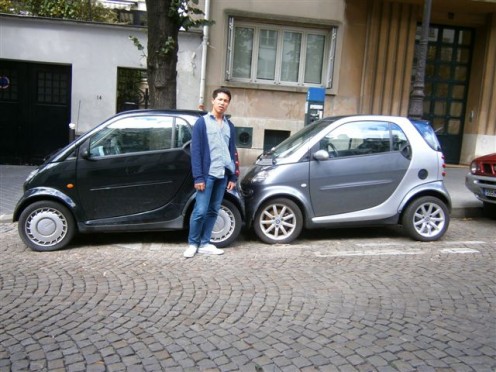
© All Rights Reserved
It’s a known fact that European rental cars tend to come in mostly petite sizes. Think Steve Martin and his smart car in pink panther. Another known fact, they invariably come in the stick shift mode—I really don’t know why they never think to upgrade….except that it may have to do with burning less fuel? Another fact-- in England, they drive on the wrong side of the road and then you’ve to negotiate the roundabout while trying to let go of the clutch/step on the accelerator while changing gears. If you live in England all your life, why, it’s the most natural thing but if you’re visiting from America (where you’re thoroughly spoilt by automatic transmission and roomy interior), you may want to annihilate factors that will work negatively against you. So why sweat it when it comes to directions? Just get a car with a navigation system (commonly known as GPS) and let the little rectangle of maps and the annoying voice direct you. Simple and fool-proof—a smart move that will save you much aggravation and possibly preserve family sanity. But some people don’t think logically, like my husband, for instance. He believes that no one (ever) needs to ask for directions, even if it’s from a teeny gadget. His male instinct is enough, with a little help from a map. Despite violent protests from the other three passengers, he decided the man of the house will do as he pleases. What is a road trip without some degree of adventure?
Roundabout in England
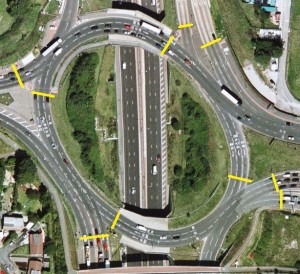
At the Manchester’s Avis rental car, we realized that all the facts were frightfully true. We had to pound and hammer our luggages into the trunk, obstructing all rear view. And that was an upgrade too—a bigger car already, so we were told by the rental lady. My husband assured us that we’re in good hands—he had driven a stick shift before and since he was somewhat familiar with England, everything would be fine. But that was years ago….
As the car spluttered out of the rental place into the mayhem of Manchester streets, we were relieved that it was Sunday. The quiet streets were forgiving, even when we stalled in between gears or teetered at roundabout, trying to decide which way to go. Maybe, it’s not that bad after all.
Oops, I take that back. Monday night, we ventured out to Curry Mile….and that’s when we saw our folly all too clearly. The 20 minute-ride into Curry Mile was foiled with hiccups….the car died from time from time to time (shifting gears can be exacting) and angry honks were directed at us as we tried to navigate through the streets. We got there alright, thanks in part to the late setting sun (doesn’t get dark until almost ten here). But going home was a totally different story. The night has turned dark and small streets were hopelessly nameless or microscopically challenging. One way street make navigation even more difficult with old-fashioned map-reading skills. One wrong turn led to a series of more wrong turns. Lost in a maze of indiscriminate wonderings, we wondered if we could ever make our way back? The short ride home took us one and half hour….and we never felt more akin to the ancient Israelites wondering in the desert for 40 years. Ok, hyperbole, but you get the picture.
That was just the first two days of our trip. GPS-less meant wasting time and accruing lots of blame from other passengers. We told our by now “disillusioned” driver that we would have none of this—either get car equipped with GPS or we’re shipping out of here, never mind that the rest of Europe waits to be explored.
What is GPS?
Global Positioning System (GPS) was created by the U.S. Department of Defense for military purposes. Utilizing transmission from a network of 24 satellites orbiting 12,000 miles above the Earth, it was able to precisely locate position and track speed and direction of receiver. In 1983, President Ronald Regan extended the use to civilians after Russia shot down a Korean airliner when it strayed into Russian airspace. Since, GPS has expanded its use that goes beyond its original goals. It is now used in cars, boats, planes, construction equipment, farm machinery and even laptop computers. These advances have made modern life much easier, productive and safer.
GPS in Cars
GPS is now commonly used in cars—it can be factory-installed in new cars or purchased as an add-on accessory. You can also purchase a standalone portable navigation system (PND) for your car. All you have to do is attached the screen to the windshield. GPS car navigation system deletes the use of cumbersome maps or even the use of MapQuest—it will plot routes of travel to any given destinations. Just key in destination and GPS will take you there, with both visual maps on the screen and a voice guiding you. Even if you have taken a wrong turn, the smart GPS will let you know in no uncertain terms and guide you back on track.
Keeping GPS Current
Since changes in roads and points of interests may change in the course of time, you can update your GPS annually. Map updates can be purchased from manufacturers of GPS car navigation systems.
Garmin Nuvi 3790T
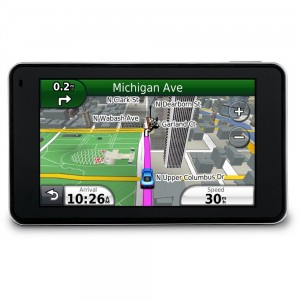
Popular Car Navigation Systems:
Garmin Nuvi 3790T
Allow this sleek, slim (barely 9 mm thick) personal navigator to navigate you with a full glass 4.3” diagonal multi-touch display. Its dual orientation capabilities allows you to display it either horizontally or vertically. Other features include:
· Equipped with trafficTrends that analysizes daytime traffic trends to improve routes and give estimated time of arrival. It will also save your regular destinations in your “favorites” to save time and hassle of keying in each time.
· Smart Lane Assist
Not sure which lane to take when making upcoming turn? Garmin Nuvi’s lane assist will inform you with junction view, clearly displaying road signs and junctions with arrows to indicate proper lanes for navigation.
· Built-in Microphone and Speaker
It also integrates Bluetooth wireless technology with built-in microphone and speaker. You can simply use the touchscreen to make a call or tap the screen to speak into the speaker.
· Receives free lifetime traffic updates.
Motorola MotoNav TN765T
Another popular car navigation system, Motorola MotoNav’s 5.1” cinematic display allows you to access features without ever having to leave the map. You can use to use the full screen or view split screen with added information. Other features include:
- Access to millions of destinations from the internet via Google.
- Keeps you inform of traffic updates, weather reports, flight status and other pertinent information.
- Hands-free calling and phonebook sync, courtesy of Bluetooth integration.
- Hear text messages and send automated replies
- Responds to voice commands.
TomTom XL 340s
If you’re looking for a cheaper version with compatible functions, Tomtom provides essential features and is quite highly rated. It is preloaded with 7 million points of interests in over 60 destination categories including gas stations, restaurants, hotels and more. Its turn-by-turn instructions and 3D graphics will get you anywhere in the United States, Canada and Mexico.
Magellan Roadmate 1470
Magellan Roadmate 1470 features a wide 4.7” color touchscreen and has maps of United States, Canada and Puerto Rico, with 6 million points of interests. Other highlights include multi-destination routing, highway lane assist, AAA Tourbook and Roadside Assistance menu.
How did the Europe trip turn out? Read on:
Things I've Learned While Traveling Through Parts of Europe
Other hubs by anglnwu:
Jeggings: Tight Skinny Jeans Made Comfortable
Rebonding Hair: How to Get Straight, Silky and Mangeable Hair
Essential Healthy Cooking Gadgets or Tools
Copyright 2011. All rights reserved.

